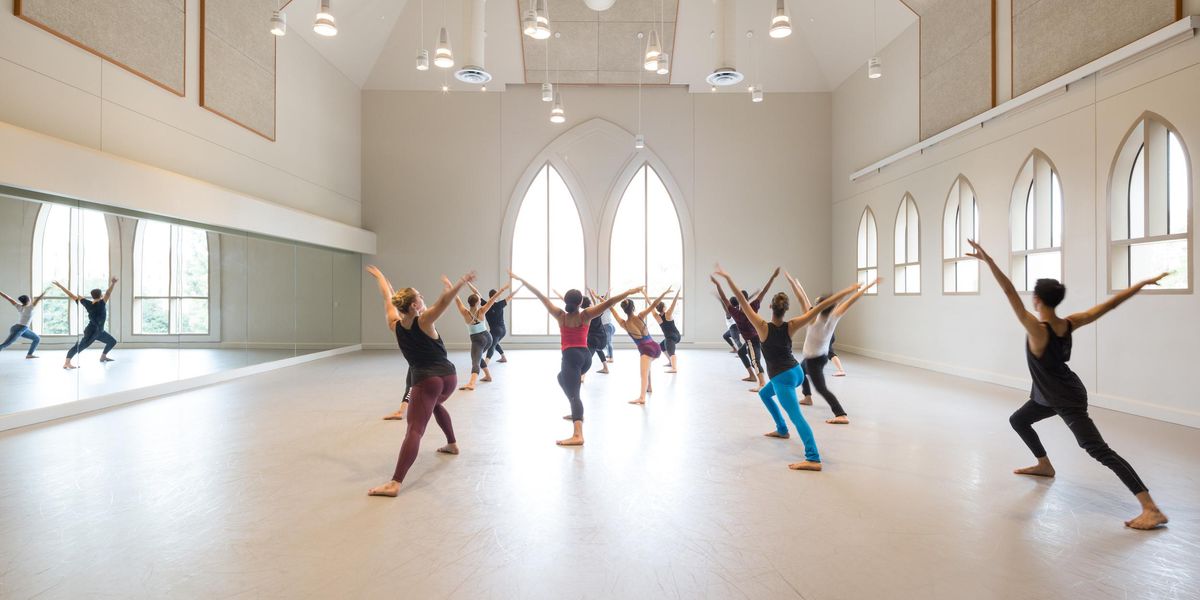Dance Matters: Finding Space for Dance
Peridance owner Igal Perry (center). Photo courtesy Peridance
.
New York City dancers weren’t exactly shocked when downtown studio and performance center Dance New Amsterdam shut its doors in October. It had been embroiled in a very public battle with its landlord over rent for more than a year. Of great concern, though, was the notion that another dance organization had been lost to Manhattan’s high real estate prices.
As rents rise in major dance capitals, creative business models have become necessary for survival. In 2005, the building that New York City’s Peridance studio operated in was sold to Hyatt Hotel, but Peridance Capezio Center later opened, in partnership with the dancewear company. “It afforded us financial stability,” says owner Igal Perry. “And it perpetuates what the place is about and what’s in its future.” New York Live Arts, the 2011 merger of experimental presenter Dance Theater Workshop and Bill T. Jones/Arnie Zane Dance is another successful example. Not only has it secured a budget much larger than the two institutions’ original ones combined, but the merger also created seven new jobs and two additional programming series.
Other organizations looking for a way to sustain dance in the city are moving beyond New York’s center to find more funding and space. In Harlem, the Apollo Theater recently declared itself a renewed home for dance. Across the Hudson, choreographer Karole Armitage, though identified as a New York artist, has been working out of Mana Arts Center in Jersey City, NJ, where she moved a year ago.
No matter how well a business is managed, bad luck still strikes. As of press time, New York Theatre Ballet was waiting for eviction in its long-held space, which had recently been sold. For artistic director Diana Byer, partnership isn’t out of the question. Neither is moving to Brooklyn, even if it decreases the size of her student body. “It’s pretty grim out there,” she says. “When you lose small and midsize dance organizations that take risks larger institutions can’t, the city loses texture.”




